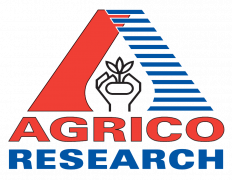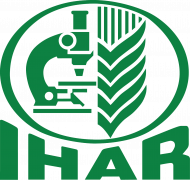Abstract
An experiment was performed to study the impacts of elevated CO2 concentrations and climatic warming on potato growth during 2016. The changes in potato gas exchange parameters, yield and nutrient composition and the microelement concentrations in tubers were analysed. The results showed that potato growth was affected by warming and the elevated CO2 concentration. The net photosynthetic rate (Pn) of potato leaves was higher in the treatments than in the control. During the late growth stage, the Pn of the potato leaves decreased. Under an elevated CO2 concentration, the leaf stomatal conductance (Gs) gradually decreased to below that of the control. The leaf transpiration rate (Tr) increased and was higher under warming with elevated CO2 concentration treatment. The water use efficiency (WUE) improved and was higher under warming conditions and elevated CO2 concentration compared with the control group and the group with only warming. The threshold of the photosynthetic active radiation (PAR) flux density was improved in the warming and elevated CO2 concentration treatment when photosynthetic assimilation was equivalent to respiratory consumption during potato leaf photosynthesis. Under weak light, the photosynthetic capacity of the potato leaves and the maximum Pn were improved. In addition, the light saturation point was improved at maximum assimilation. The dark respiration rate (Rd) increased with warming, but it could be relieved by the combined impact of warming and elevated CO2 concentration. The actual yields of the warming and elevated CO2 concentration treatment were distinctly higher than those of the control and the treatment with only warming. The potato yield in the treatment with only warming was low, and warming did not promote the tuber growth in the semi-arid region of the Loess Plateau. Warming during the tuber expansion stage delays its growth and results in deformed tubers. Therefore, warming synchronized with elevated CO2 concentrations will improve the Pn and WUE of potato leaves, which could promote potato dry matter accumulation and increase potato yield.















